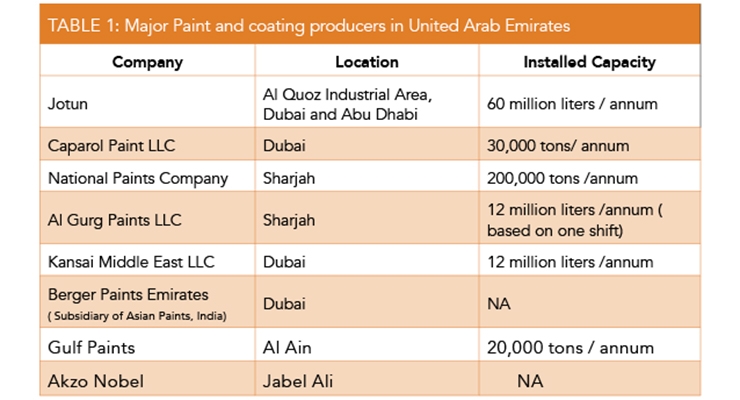Investigate The Function Of Seasonal Factors In The Success Of Business External Painting And Discover The Most Effective Times To Protect Enduring Outcomes For Your Task
Investigate The Function Of Seasonal Factors In The Success Of Business External Painting And Discover The Most Effective Times To Protect Enduring Outcomes For Your Task
Blog Article
Developed By-Burnham Celik
When you're intending an industrial exterior painting job, seasonal elements can make or break your results. You'll wish to consider just how temperature and humidity effect paint application and drying out times. Selecting sherwin-williams color consultant can ensure your paint adheres appropriately and lasts much longer. However which seasons are really the best for this kind of work? Allow's explore the crucial elements that can impact your job's success.
The Impact of Temperature on Paint Application
When you're planning a commercial outside paint job, the temperature level can significantly affect exactly how well the paint adheres and dries.
Ideally, you want to paint when temperature levels vary between 50 ° F and 85 ° F. If it's too cold, the paint might not heal appropriately, resulting in issues like peeling or fracturing.
On the other hand, if it's also warm, the paint can dry as well swiftly, stopping appropriate attachment and resulting in an uneven surface.
You need to also think about the moment of day; early morning or late afternoon provides cooler temperature levels, which can be extra beneficial.
Constantly examine the manufacturer's recommendations for the certain paint you're using, as they typically give guidance on the perfect temperature level array for optimum outcomes.
Humidity and Its Effect on Drying Times
Temperature level isn't the only environmental factor that affects your commercial external paint project; moisture plays a significant role too. High humidity levels can slow down drying times substantially, influencing the overall quality of your paint task.
When the air is saturated with moisture, the paint takes longer to cure, which can cause concerns like poor adhesion and a greater risk of mildew development. If you're repainting on a specifically humid day, be gotten ready for extended wait times between coats.
It's important to keep track of neighborhood weather and plan appropriately. Preferably, go for moisture levels in between 40% and 70% for ideal drying.
Maintaining these factors in mind ensures your project remains on track and delivers a long lasting coating.
Best Seasons for Commercial Outside Paint Projects
What's the best season for your business external paint tasks?
Springtime and early loss are typically your best options. Throughout these periods, temperature levels are mild, and humidity degrees are commonly lower, producing excellent problems for paint application and drying.
Prevent summer season's intense heat, which can create paint to dry as well rapidly, causing poor bond and finish. Similarly, winter months's chilly temperatures can hinder appropriate drying out and healing, risking the durability of your paint work.
Go for days with temperature levels between 50 ° F and 85 ° F for optimum outcomes. Remember to inspect the local weather forecast for rain, as wet conditions can destroy your job.
Planning around these factors ensures your paint task runs smoothly and lasts longer.
Final thought
In conclusion, preparing your industrial external painting jobs around seasonal considerations can make a substantial distinction in the result. By organizing job during the excellent temperatures and humidity degrees, you'll make sure much better adhesion and drying times. Keep in https://www.express.co.uk/life-style/property/876890/tips-for-selling-your-home-dark-paint-colours to keep an eye on regional weather forecasts and select the correct time of year-- spring and very early autumn are your best choices. Taking these steps will certainly help you accomplish a durable and expert coating that lasts.
